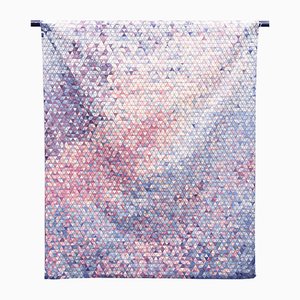A visit with Katrin Greiling
Das ist Berlin: Part 7
Over the last several months, we’ve interviewed a number of standout talents who are helping define Berlin’s contemporary design aesthetic. In this installment, award-winning designer Katrin Greiling shares her thoughts on her chosen hometown.
Born in Regensburg and raised in Munich, self-described adventurer Katrin Greiling went to school in Sweden before setting off to explore the world, working for clients as far afield as Cairo, Shanghai, and Istanbul. After a three-year stint in Dubai, and another back in Stockholm, she landed in Berlin in 2013, pulled by the capital city’s vibrant internationalism and convenient location smack in the center of Europe.
An accomplished furniture designer, interiors architect, and photographer, Greiling embraces both a global perspective and a functionalist aesthetic in her work. Her eclectic design for the 320-square-meter Design Bar and VIP Lounge at the 2011 Stockholm Furniture Fair, for example, drew inspiration from her multicultural experiences in Europe and the Middle East, while her award-winning Bidoun Sofa Series (2009), developed for the Dubai-based brand Traffic, was a nod to nomadic Bedouin furniture, and, according to some, was the first contemporary furniture design to come from the UAE.
From Greiling’s perspective, Berlin’s design community is still largely undefined. “Coming from Stockholm, I was surprised that designers do not really meet in this city. It seems like everyone is mostly working for him or herself, with very little inter-collegial exchange.” She goes on: “I think a lot of [this] is based on the effects the [Second World War] had on Germany—decentralizing its different organs . . . Design is always connected to production. And those places have through history moved to the west of Germany. There are a few manufacturers around the city and good prototyping facilities, but as for the real purpose of design, mass manufacturing, you’ll always end up in the west of Germany. As soon as we have more production industry back in and around Berlin, I think we’ll get as well a more open and stronger scene.”
Speaking to the role the Bauhaus legacy continues to play for designers working today, Greiling tells us, “I find Germany a difficult case within the design scene. You can see similarities in Denmark for example, [which also has] a strong design heritage. They had their Finn Juhls, Børge Mogensens, and Arne Jacobsens—something to be very proud of, but this heritage makes it also very difficult to move forward. The Bauhaus additionally had such an abrupt ending with the Second World War. And I believe this is still the reason why Germany struggles to put itself back on the international map of design. Of course, there are few exceptions, designers based in Germany, but Germany as a design destination still has a long way to go.”
Thankfully, though, neither of these issues appears to hinder Greiling herself too much. This month, she’s launching a limited-edition design with the German magazine Form; next month, her work will be on display at Stockholm Design Week; and in April in Milan, she’s curating a show spotlighting emerging Norwegian designers.
Greiling in fact feels quite positively about the city’s design future. “Berlin is attracting an international audience, and we have a few representatives of internationally established designers based in the city, [such as] Hella Jongerius and Konstantin Grcic. Berlin went through some drastic changes within the property market, [moving] from cheap spaces to hard-to-get spaces. This has a negative effect for many and changes the infrastructure of the city. But this has some good effects as well for our industry, as I believe that rising property prices create a greater awareness of how we live, what we consume, and what we have around us. I definitely feel that design in Germany and particular in Berlin is on the rise. I’m optimistic that we’ll soon see this reflected in new editors of design (aka producers), in publishing, and in print.”
*This story is part of a larger series on the people helping shape Berlin’s contemporary design scene. Get to know more of the new generation of designers—and their thoughts about their chosen city—by clicking below.
Das ist Berlin: A conversation with designer Elisa Strozyk Read here.
Das ist Berlin: A visit with Krupka-Stieghan Read here.
-
Text by
-
Anna Carnick
Anna is Pamono’s Managing Editor. Her writing has appeared in several arts and culture publications, and she's edited over 20 books. Anna loves celebrating great artists, and seriously enjoys a good picnic.
-
-
Photos by
-
Marco Lehmbeck
Born and raised between forests and lakes near Berlin, Marco studied creative writing in Hildesheim and photography in Berlin. He’s also part of the organizational team behind Immergut indie music festival. He loves backpacking, Club-Mate, and avocados, and he always wears a hat.
-
More to Love
Drop Plate from the Blue Sunday Series by Anna Badur, Set of 4

Blue Sunday / Pool / Plate by Anna Badur, Set of 4
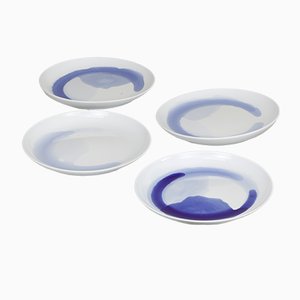
Tide Mugs from the Blue Sunday Series by Anna Badur, Set of 4
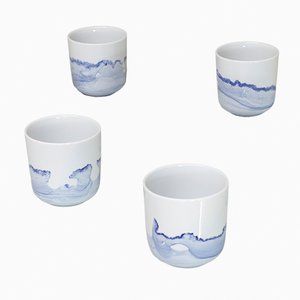
AION Birch Pendant Light by Paul Girardet for Iumi
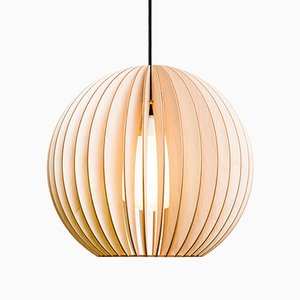
(breaking) Heart Lamp by Philipp Käfer
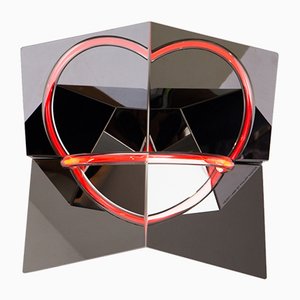
Somebody Got Lucky Shelf by Andreas Berlin

Swim Shelf by Andreas Berlin
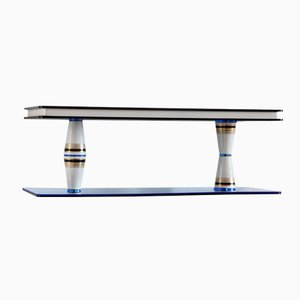
Glück Side Table by Andreas Berlin
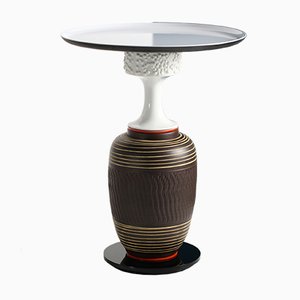
No Cardboard in Brushed Aluminium by Philipp Käfer
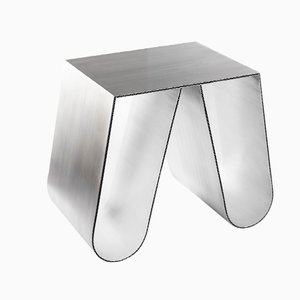
Yellow & Beige Cotton Bowl by Krupka-Stieghan
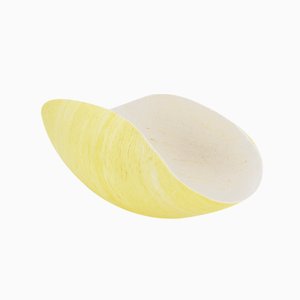
Whatever the Weather #01 Pillow by Anna Badur

Beige & Yellow Cotton Bowl by Krupka-Stieghan
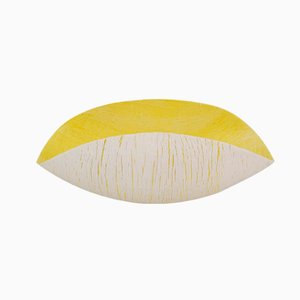
Large Beige Cotton Bowl by Krupka-Stieghan
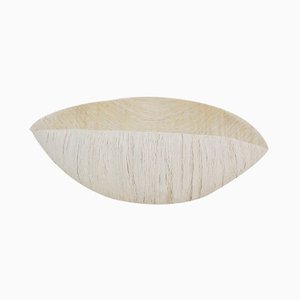
Black & Beige Cotton Bowl by Krupka-Stieghan
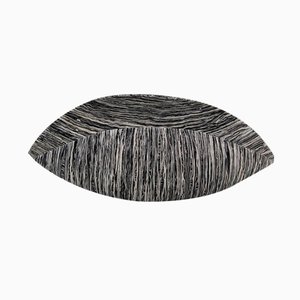
Black & Yellow Cotton Bowl by Krupka-Stieghan
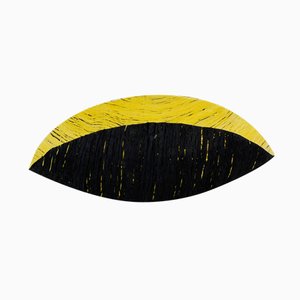
No Cardboard in Metallic Blue by Philipp Käfer

No Cardboard in Metallic Pink by Philipp Käfer

Dyed Wooden Textile No 1 by Elisa Strozyk
